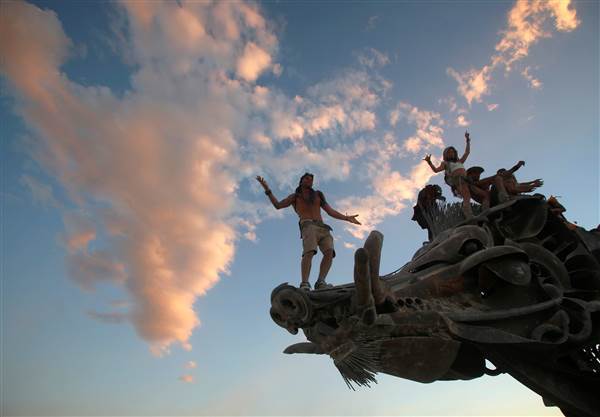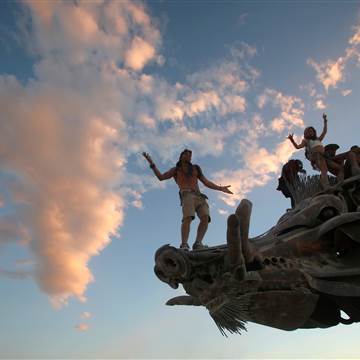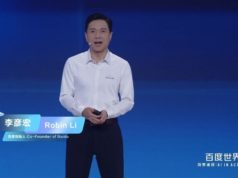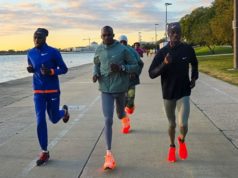It was 2001, and Larry Page and Sergey Brin faced the biggest personnel decision of their start-up lives. Despite creating one of Silicon Valley’s more notorious hiring gauntlets, where candidates were ruthlessly vetted for GPAs, SATs, and their ability to calculate MENSA-like brain-teasers, the founders realized they couldn’t crack their next hire with metrics alone.
After several years of rocket ship success, Google’s board had decided that the company was growing too big for Larry’s and Sergey’s twenty-something britches. The investors felt a little “adult supervision” was needed and initiated a search for what would prove to be one of the more pivotal CEO hires of the high-tech era.
The process wasn’t easy, on anyone. After nearly a year of interviews, as Brin later told the press, “Larry and I [had] managed to alienate fifty of the top executives in Silicon Valley.” Time was running out. If they couldn’t get it right soon, they’d prove the board’s point: they were in over their heads.
In choosing their CEO, Page and Brin came to the conclusion that they had to look beyond their normal screening process. Resumes were all but useless. The technical part was more or less a given—there were plenty of sharp guys in the Valley who could run a stable of code monkeys. But, in a town full of outsize personalities, they had to find someone who could set ego aside and get what Google was trying to do. Someone who could, in the New York Times’ John Markoff’s assessment, “discipline Google’s flamboyant, self-indulgent culture, without wringing out the genius.”
Get it right, and they’d own the search engine space for a decade or more. Screw it up, and they could lose control of their company. Game over. Back to grad school.
So, in a stroke of desperate inspiration, Page and Brin found themselves turning to an unusual selection process, a brutal filtration system both strikingly similar to Navy SEAL Basic Underwater Demolition training (BUD/S ) and as wildly different as it could get.
Like the SEALs’ infamous Hell Week, a finalist for Google’s CEO job would have to spend five nearly sleepless days and nights enduring oppressive sun, freezing cold, and a 24/7 barrage of VUCA conditions (volatility, uncertainty, complexity and ambiguity). Pushed to physical and psychological extremes, the prospective leader would have nowhere to hide. Would he retreat into himself? Or could he merge with the team?
Of course, there were a few differences. Unlike the San Diego beach where BUD/S prospects prove themselves, the beach Page and Brin had in mind hadn’t seen flowing water in nearly fifteen thousand years. It was now a bone-dry lake bed in the middle of Nevada’s Black Rock Mountains. The site of Burning Man, one of the stranger rites of passage in modern times.
And rite of passage is the right phrase. This teeming, temporary carnival of tens of thousands has its own quirky customs, exotic rituals, and a fiercely dedicated following. It’s a modern-day Eleusis, a Bacchanalian blowout, the Party at the End of Time—take your pick. But there’s no denying the truth: Something happens out there.


And Page and Brin were regular and enthusiastic attendees. The company that set the bar for catered perks ran free shuttle buses to the event. For many years, the two-story atrium of Building 43, Google’s main headquarters, wasn’t decorated with industry accolades or stock-ticker flat screens. Instead, it showcased pictures of loincloth-wearing, fire-spinning Googlers and their eclectic Burning Man art projects.
In fact, the very first Google Doodle, posted in the late summer of 1998, was a crude stick figure of the Burning Man himself. Made from two commas set back to back, centered over the second yellow o in Google, that cryptic icon signified to those in the know that Page and Brin were turning out the lights in Palo Alto and lighting out for the Nevada badlands.
So, when the founders heard that Eric Schmidt, the 46-year-old veteran of Sun Microsystems and a Berkeley Ph.D. computer scientist, was the sole CEO finalist who had already been to the event, they rejiggered their rankings and gave the guy a callback. “Eric was . . . the only one who went to Burning Man,” Brin told Doc Searls, then a Berkman Center fellow at Harvard. “We thought [that] was an important criterion.”
Stanford sociologist Fred Turner agrees, arguing that the festival’s appeal to Silicon Valley is that it brings that hive mind experience to the masses. “[It] transforms the work of engineering into . . . a kind of communal vocational ecstasy.” One of Turner’s research subjects, a Googler himself, explained his experience on a pyrotechnic team: “[We were] very focused, very few words, open to anything . . . no egos. We worked very tightly. . . . I loved the ‘feeling of flow’ on the team—it was an extended, ecstatic feeling of interpersonal unity and timelessness we shared throughout.”
And like the SEALs flipping the switch, the Googler’s “communal vocational ecstasy” relies on changes in brain function. “Attending festivals like Burning Man,” explains Oxford professor of neuropsychology Molly Crockett, “practicing meditation, being in flow, or taking psychedelic drugs rely on shared neural substrates. What many of these routes have in common is activation of the serotonin system.”
But it’s not only serotonin that makes up the foundation of those collaborative experiences. In those states, all of the neurochemicals that arise—serotonin, dopamine, norepinephrine, endorphins, anandamide, and oxytocin—play roles in social bonding. Norepinephrine and dopamine underpin “romantic love,” endorphins and oxytocin link mother to child and friend to friend, anandamide and serotonin deepen feelings of trust, openness, and intimacy. When all of these chemicals flow through groups at once, you get tighter bonds and heightened cooperation.
That heightened cooperation, that communal vocational ecstasy, was what Page, Brin, and so many of Google’s engineers had discovered in the desert. It was an altered state of consciousness that suggested a better way of working together, and a feeling that anyone who presumed to lead them simply had to know firsthand. Maybe, if Schmidt could endure the blistering heat, the dust storms, the sleepless nights, and the relentless strangeness of Burning Man, just maybe, he’d be the guy who could help them grow the dream without killing it.
Did it work? Did a bash in the boonies filter for critical talent better than any algorithm they could code? “The whole point of taking Schmidt to Burning Man,” explains Salim Ismail, global ambassador for Singularity University and a Silicon Valley fixture, “was to see how he could handle a wild environment….







